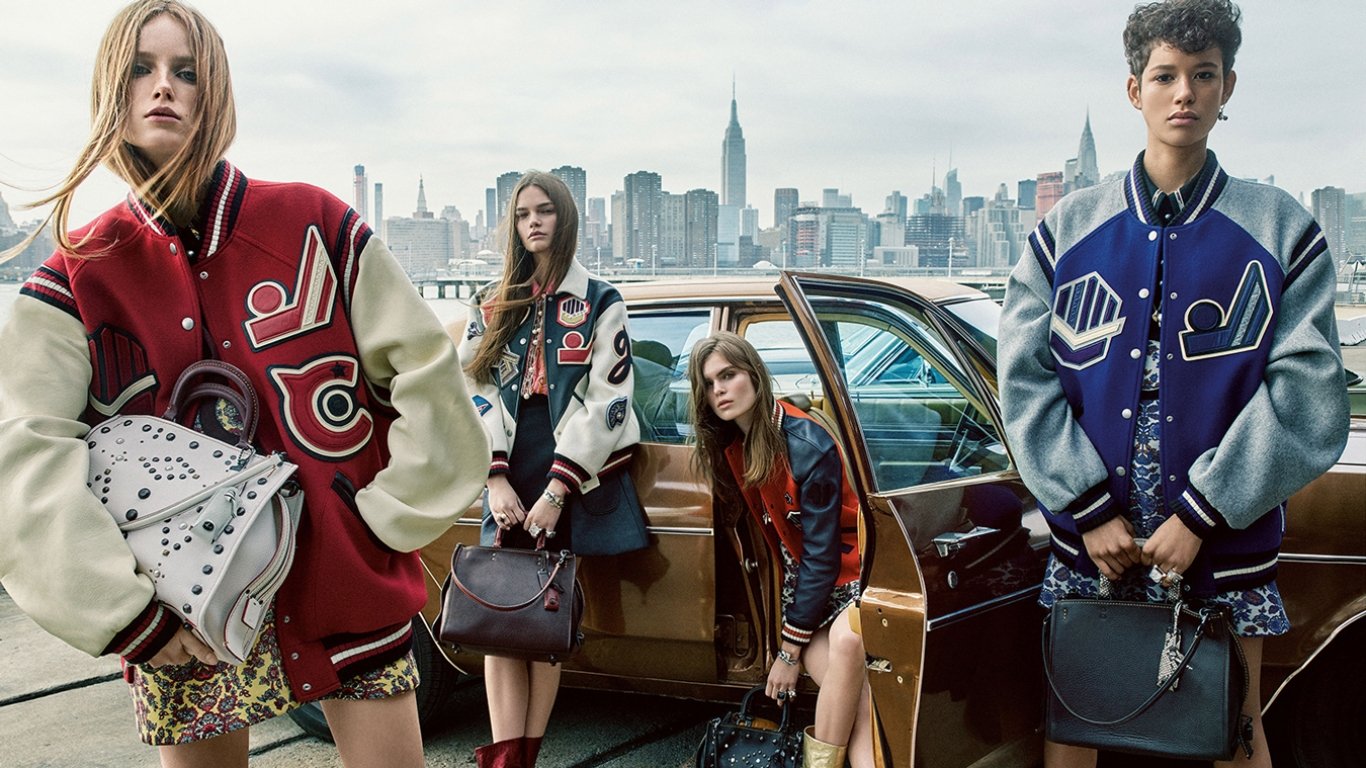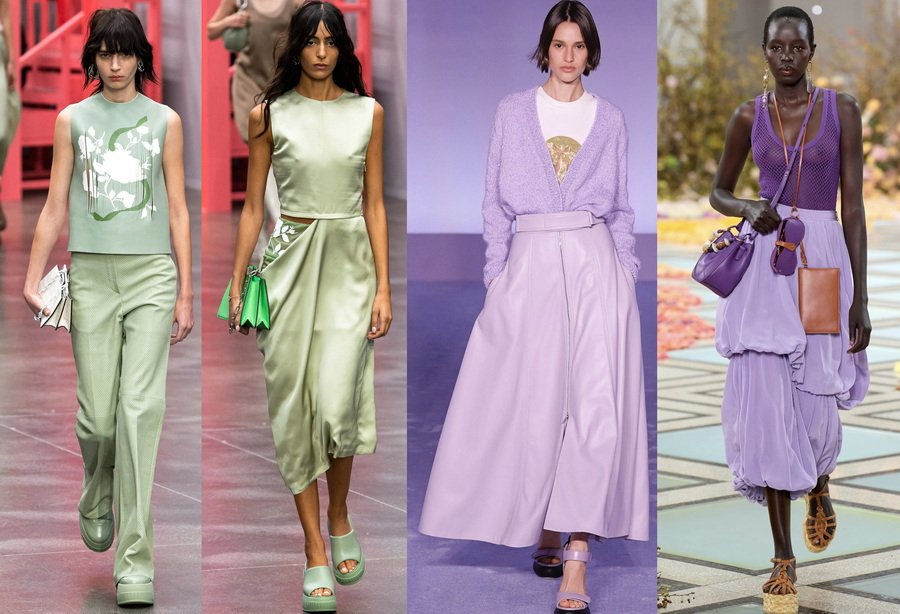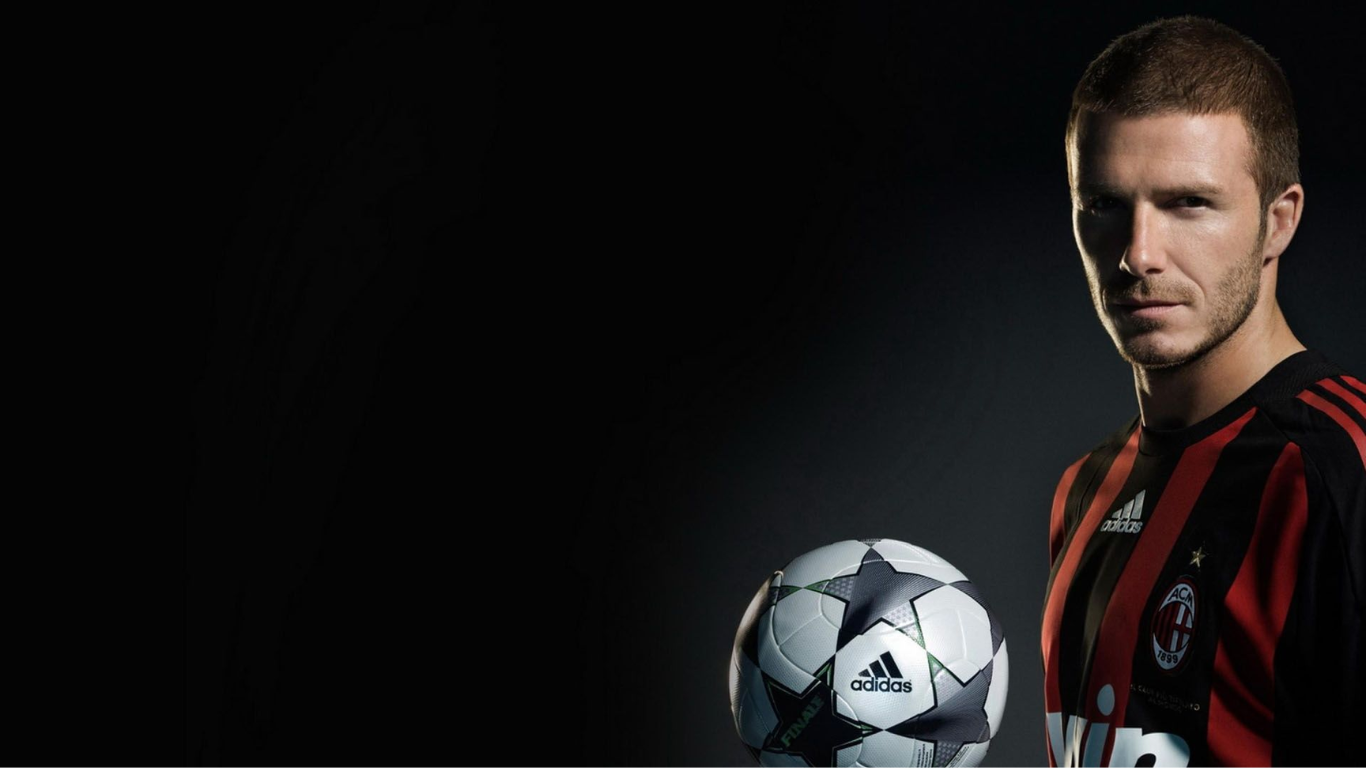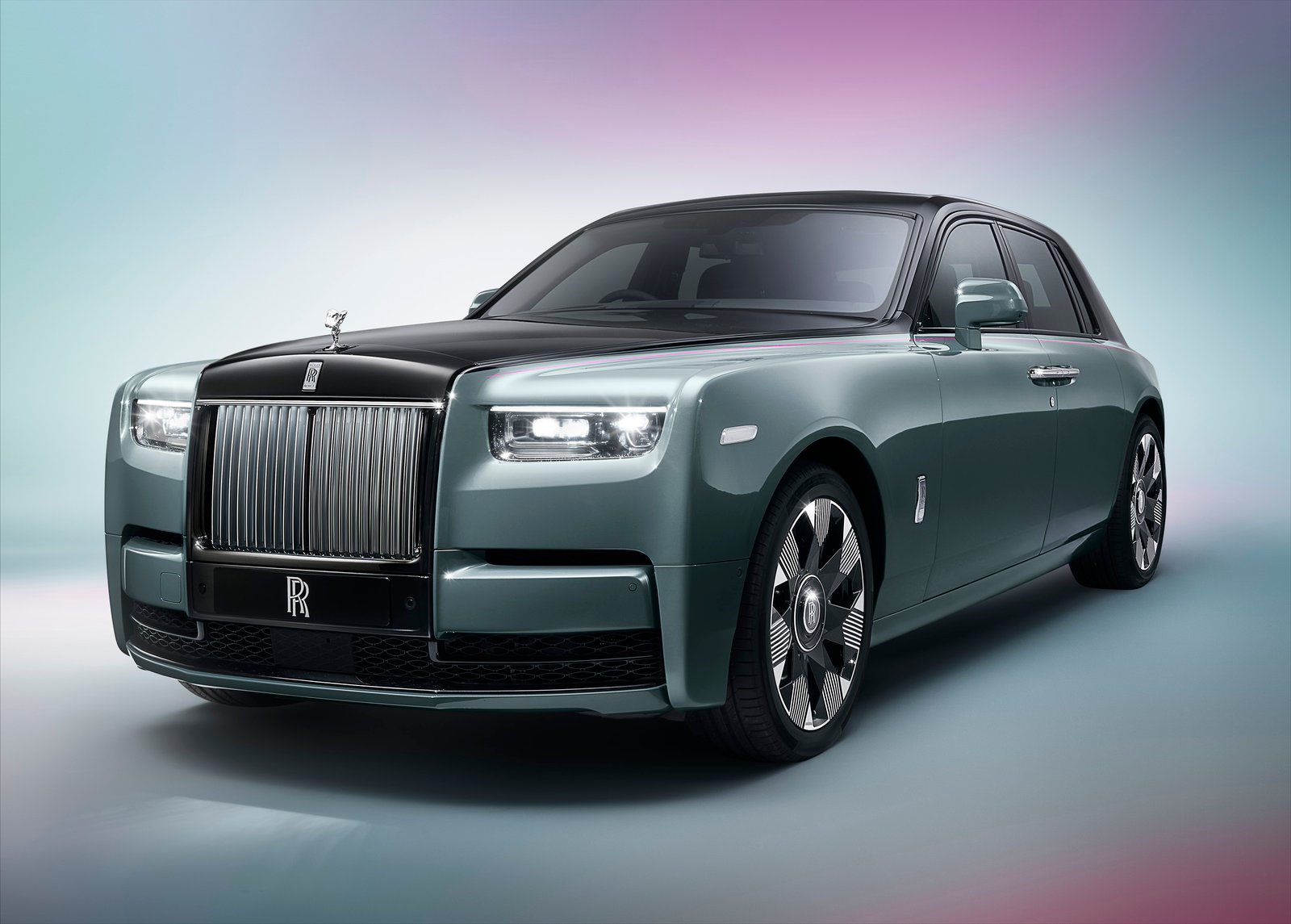
In the ever-evolving landscape of fashion, few trends have made as significant and lasting an impact as streetwear. Once the domain of skaters, hip-hop artists, and urban youth, streetwear has transcended its subcultural roots to become a dominant force in high fashion. The symbiotic relationship between streetwear and luxury brands has not only blurred the lines between casual and couture but has also reshaped the very definition of what high fashion can be. This article explores how streetwear continues to influence high fashion and what this means for the future of the industry.
The Rise of Streetwear
Streetwear emerged in the 1980s and 1990s, deeply intertwined with the skateboarding and hip-hop cultures of cities like New York and Los Angeles. Brands like Supreme, Stüssy, and A Bathing Ape (BAPE) became pioneers, creating clothing that was both practical and expressive of a particular urban lifestyle. This grassroots movement was characterized by graphic t-shirts, hoodies, sneakers, and other casual wear that emphasized comfort and individuality.
The High Fashion Adoption
The infiltration of streetwear into high fashion began subtly but gained momentum in the mid-2000s. Luxury brands recognized the cultural capital and widespread appeal of streetwear and began incorporating its elements into their collections. This shift was not just about aesthetics; it was a strategic move to capture a younger, more diverse audience.
Key Collaborations
Collaborations between streetwear brands and high fashion houses have been a significant catalyst for this fusion. One of the most notable early examples is the partnership between Louis Vuitton and Supreme in 2017. This collaboration was a cultural milestone, merging the exclusivity of Louis Vuitton with the underground cool of Supreme. The collection sold out almost instantly and became a symbol of the changing tides in fashion.
Similarly, brands like Nike have collaborated with designers such as Virgil Abloh, whose work with Off-White has pushed the boundaries of what sneaker culture can be. These collaborations have proven that high fashion and streetwear are not just compatible but can create something entirely new and exciting when combined.
The Influence on Design
The influence of streetwear on high fashion is evident in several key design elements. Oversized silhouettes, once a hallmark of streetwear, have become common in high fashion collections. Hoodies, once considered too casual for the runway, are now seen in the collections of designers like Balenciaga and Vetements.
Bold graphics and logos, which are central to streetwear’s visual language, have been embraced by high fashion brands. This shift towards logo-centric designs has been a way for luxury brands to tap into the streetwear ethos of brand loyalty and identity.
The Impact on the Fashion Industry
The infusion of streetwear into high fashion has had profound implications for the industry. It has democratized fashion, breaking down the barriers between what is considered high and low culture. This democratization is also reflected in the rise of social media influencers and the power of online communities in shaping trends.
Moreover, the focus on streetwear has led to a shift in how fashion is marketed and consumed. Limited drops, a tactic popularized by streetwear brands, have been adopted by luxury houses to create hype and exclusivity around their products. This approach has transformed the traditional fashion calendar and retail model.
The Future of Streetwear and High Fashion
As streetwear continues to influence high fashion, the lines between these two worlds will likely blur even further. The future of fashion may see more collaborations, innovative designs, and a continued emphasis on inclusivity and cultural relevance. Brands that can seamlessly integrate the authenticity of streetwear with the craftsmanship of high fashion will be the ones that thrive in this dynamic landscape.
In conclusion, streetwear’s influence on high fashion is a testament to the evolving nature of style and culture. What began as a grassroots movement has reshaped the fashion industry, proving that comfort, individuality, and cultural resonance are as valuable as traditional notions of luxury. As we move forward, the continued interplay between streetwear and high fashion will undoubtedly lead to even more exciting developments and redefine what it means to be fashionable in the modern world.












